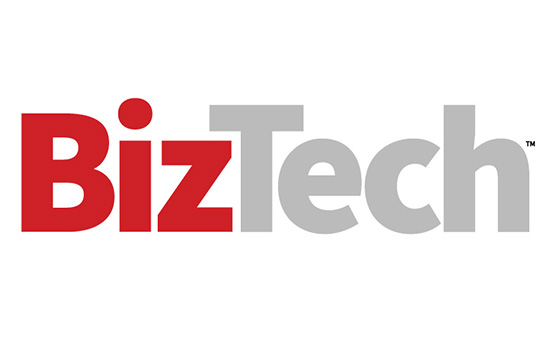While stablecoins are no longer the new kid on the block, experts are noting the pervasiveness of this form of digital payment and pointing out its use cases for transactions across international borders.
According to a McKinsey report released in July, “Stablecoin transaction volume has risen sharply over the past two years, exceeding $27 trillion per year.” And organizers at Money 20/20 also took note. “This quiet revolution transforms global finance by replacing slow, expensive cross-border transfers with instant, transparent, low-cost alternatives,” they wrote in summarizing a panel discussion titled, “Frenemies, Friction, and the $27T Opportunity: Inside the Stablecoin Revolution.”
The panel discussion was moderated by Rocio Wu, partner at F-Prime Capital, and featured Eric Barbier, CEO at Triple-A; Yelena Reznikova, global head of partnerships at Bridge; and Keith Vander Leest, general manager Americas at BVNK.
DIG DEEPER: Why banks can no longer ignore stablecoins.
How Stablecoins Are Reducing Friction for Cross-Border Transactions
In a July Mastercard post, Harvard Business School’s Mark Egan wrote, “As digital assets become more mainstream, the need for simple, secure and convenient ways to move value between fiat currency and crypto has never been greater.”
In the panel discussion, Vander Leest also pointed out the increased convenience of stablecoins, especially for cross-border transactions: “If you think about fiat rails, you've got RTP [real-time payments], you've got UPI [unified payments interface], you've got Pix; those are great real-time rails that work outside of traditional bank hours. But they’re domestic only. Those fiat rails being globally interoperable is where stablecoins can add a lot of value.”
Barbier said he thinks the practice is still quite expensive, but he predicted in the near future that merchants will be able to directly accept stablecoin payments, which will reduce much of the cost involved: “And also, one of the beauties of stablecoin payments is that there's no risk of fraud. So as such, there's no charge-back from a merchant's point of view. It's a fairly friendly payment option, and it's cheaper.”
Click the banner below to learn how to optimize the digital experience for a modernized workplace.
Despite Growth, Stablecoin Use Cases Still Face Challenges
Reznikova cited a lack of interoperability as one of the primary hurdles to increased adoption of stablecoins: “We believe that because stablecoins are programmable, everyone should have the opportunity to assign stablecoins based on their own business objectives.”
“So, that's how we think about the world, where we kind of pair issuance with orchestration together, and enable developers and platforms to participate in this economy without suffering from some of the business constraints,” she continued.
In a related panel discussion, Sunil Sachdev, senior vice president of embedded finance and digital assets at Fiserv, spoke about the tech challenges banks sometimes face with new stablecoin use cases: “As we think about creating our digital asset platform and integrating that into financial institutions, we are very conscious of the fact that we do not want financial institutions to change their existing tech stack materially.”
Fiserv has built an asset platform to connect into a bank’s existing systems, as well as digital banking platforms, that allow their customers “to experience and access digital assets just like they access fiat dollars in their DDA [demand deposit account] or their savings account today. So, our goal is to keep it as seamless as possible to integrate through the back end, to enhance the experience on the front end,” Sachdev said.
Click the banner below to lay the data governance foundation needed for AI.
What Do the Experts See in the Future for Stablecoins?
Vander Leest expressed a sense of caution about the future of stablecoins: “I do think we should be prepared for some sort of disruption, whether that's a hack or something that will inevitably cause us all to pause and say, ‘Okay, what additional controls do we need to put in place to ensure that whatever it is doesn't happen again?”
Yeznikova chose to take a more optimistic outlook. “I think next year at Money 20/20, a bank is going to have a killer use case where they're going to start moving a lot of volume. So far, they've kind of taken a backseat and a wait-and-see approach. But now a lot of banks are experimenting, and they have all the liquidity and volume of the users,” she said.
Barbier agreed, making a long-term prediction that “10 to 20% of the cross-border commerce is going to be done through stablecoins.”
Fiserv’s recently announced platform figures prominently in the future of stablecoins, Sachdev said: “Our goal is to democratize access to digital assets across the banking ecosystem, and we do this not only by bringing the banks in but also bringing the millions of merchants that we acquire for, as well.”
Keep this page bookmarked for articles from the event, and follow event highlights and behind-the-scenes moments on the social platform X @BizTechMagazine at @money2020.















